New Traditions or 'the Tradition'?
edzard
19 years ago
Related Stories
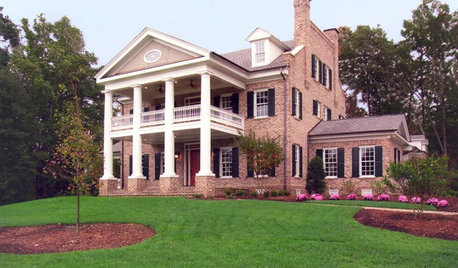
ARCHITECTURERoots of Style: Meet Your Traditional Home's Classical Ancestors
Traditional architecture's genes began in ancient Greece and Rome — discover your home's style forefathers here
Full Story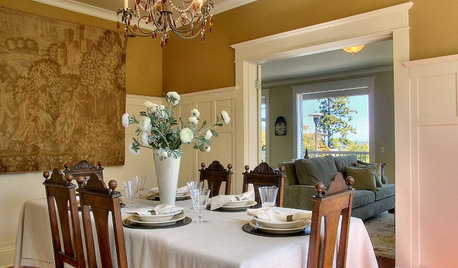
DECORATING GUIDES8 Color Looks to Enhance Traditional Rooms
Modern style gets a lot of love these days, but traditional homes can feel just as fresh with paint picks like these
Full Story0
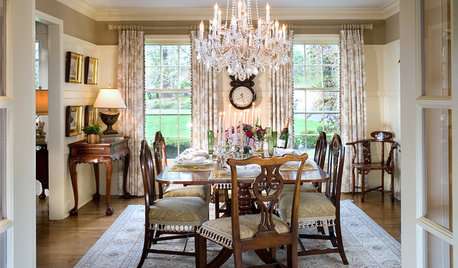
FLOORSTasteful Ideas for Traditional Dining Room Floors
Practical meets polished with these rug, tile and paint designs that have your traditional dining room floor covered
Full Story
DECORATING GUIDESTextiles for Traditional Living Rooms
From sumptuous velvet to textured jute, work your fabrics to showcase a room's traditional flair
Full Story
BEDROOMSAccessorizing in Style: Traditional Bedrooms
Sprinkle in these 10 classic elements to turn a bare bedroom into an elegant, traditional haven
Full Story
ARCHITECTUREClipped Gable Roofs Extend Traditional Exterior Style
With a practical function but a pleasing appearance, traditional clipped gables create curb appeal for Craftsman and bungalow homes
Full Story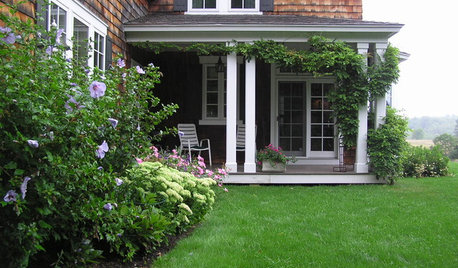
GARDENING AND LANDSCAPINGLay of the Landscape: Traditional Garden Style
If strong lines, manicured beds and a sense of graciousness speak to you, a traditional landscape may be on your horizon
Full Story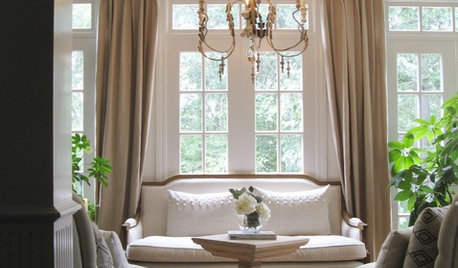
DECORATING GUIDESSo Your Style Is: Traditional
Smitten with classic home design? Use this primer to bring the best of the traditional look to your house
Full Story
DECORATING GUIDES11 Ways to Wake Up a Traditional Room
Banish the boredom and shoo away the stuffiness in a traditional space by bringing in just the right dose of modern
Full Story
TRADITIONAL ARCHITECTUREHome Styles: New Traditional Design
5 beautiful homes show traditional interiors merging with simpler lines and colorful updates
Full StorySponsored



Herb
edzardOriginal Author
Related Discussions
Traditional Home Magazine - Still Traditional?
Q
Did you want to see my new kitchen warning....very traditional!!
Q
a new tradition perhaps?
Q
Traditional Bedroom -- Needs New Lamps
Q
gregoryjohn
Herb
LouisWilliam
Herb
LouisWilliam
Herb
inkognito
Herb
gregoryjohn
Herb
LouisWilliam
edzardOriginal Author
inkognito
edzardOriginal Author
inkognito
Herb
inkognito
Gorfram
gregoryjohn
Gorfram
Herb
edzardOriginal Author
Herb
nachodaddy
didgeridoo
edzardOriginal Author
ScottReil_GD
Herb
ScottReil_GD
LouisWilliam
Gorfram
Herb
Gorfram
Herb
Gorfram
Herb
edzardOriginal Author
Gorfram
ScottReil_GD
Jando_1
Herb
edzardOriginal Author
inkognito
Herb
yama
ScottReil_GD
nachodaddy
yama